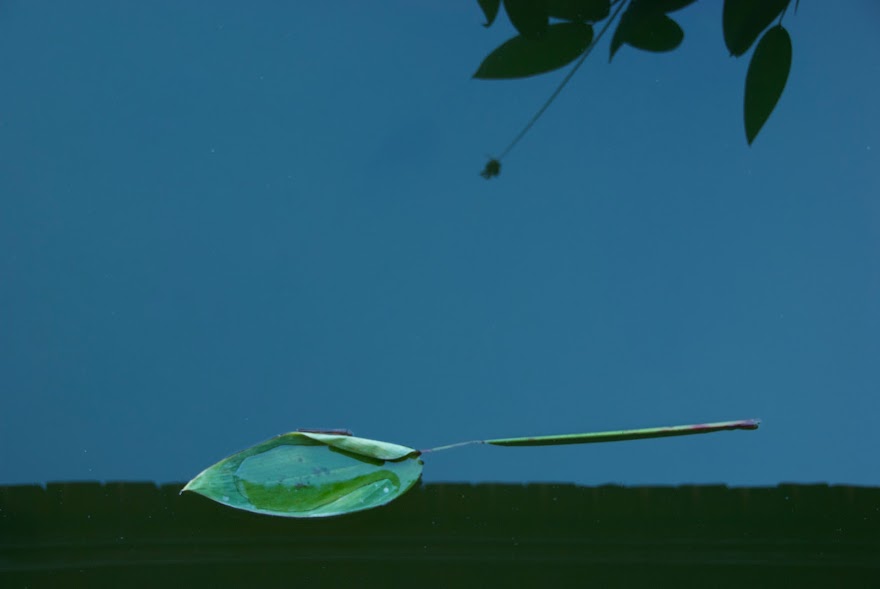In April of last year I wrote:
San Diego: honorable or why I don’t follow the Vendee Globe
From ANTIFRAGILE: Things that gain from disorder by Nassim Nicholas Taleb:
‘A man is honorable in proportion to the personal risks he takes for his opinion--in other words, the amount of downside he is exposed to.’
I was reminded of this by the recent grounding of VESTAS during the Volvo Race, which I also don’t follow for the same reason; nor the America’s Cup; nor any of the other big money, big sponsored boat races; and even more by
the remarkable salvaging of VESTAS. I
was wrong when I called the hope of one of the crew that the boat could be saved delusional. With enough money and time most problems can be solved and I failed to imagine the amount of sponsor money available in this instance, even though I know the boat is said to be worth six million dollars.
I’ve seen videos of interviews with the navigator and the captain of VESTAS. Both back in their homes, the navigator in the Netherlands, the captain in Australia, a few days after the wreck.
If you or I put our boat on that isolated reef, it would still be there, and so probably would we. That is the point: there is a huge difference, a quantum leap, between sailing a sponsored boat when you know that if you get in trouble monumental assistance is a sat phone call away and if you break it someone else is going to pay the bills; than sailing your own boat completely at risk and which if you lose will take you years to replace.
The people who sail in these races are mostly good sailors and the multi-million dollar boats capable of amazing speeds; but the sailors are only hired guns and the races mere spectacles that, despite the hype, don’t say anything interesting about the human spirit.
———
I had lunch recently with Mark who has started four companies, two successful, two not.
I later read
his analysis of one that was not as a view into a world alien to me. It caused me to consider my dictum that debts are chains. I still believe they are, but accept that at times in controlled amounts debt can be liberating.
For myself, I intend to continue to pay cash for everything.
I don’t often offer people advice and even less often unsolicited advice, but I did suggest that Mark not enter harbors at night.
I can only recall breaking that rule three times.
I went into the Bay of Islands at night at the end of my fifth circumnavigation, but those are my home waters and the way in is wide and free of obstructions. I had good visibility and a GPS chartplotter.
Carol and I entered Rio de Janeiro after dark. Again a wide mouth to Guanabara Bay, a GPS chartplotter, and a clear course to where we anchored in a cove just inside.
The third occasion was entering Walvis Bay, Namibia
Sunset found us ten miles outside the harbor.
This was in 1988 before GPS, but a full moon rose and I could see that we could follow a curve on the ocean floor of equal depth—I don’t remember the exact number—on the depthfinder around Pelican Point to the harbor docks. Stay in 30’ of water, or whatever it was, and we would be safe. We did and anchored two hundred yards off town lights at midnight.
When I woke at 6:00 the next morning I called the Port Captain on my handheld VHF.
He answered promptly. Walvis Bay was then a part of South Africa for reasons that went back before the First World War, so the accent was South African. South Africa had troops in neighboring Angola and all lighthouses were manned by the military.
He said, “What time did you arrive?”
“We anchored at midnight.”
“When I came on duty an hour ago,” he replied, “I called Pelican Point and asked, ‘What time did the yacht go by?’. And they replied, ‘What yacht?’. And I thought to myself: so much for our defense forces.’ “
While I’m offering unsolicited advice, to:
Get out of debt.
Don’t enter harbors after dark.
I would add:
Don’t let other people define you.
Which implies that you had better define yourself and stick to it or they surely will.
———
Some of you follow the weather off Cape Horn as I do. Tom noticed that the wind is now east down there, today the second of three successive days—the image above is this morning’s world wind map—and asked how long the passage around Cape Horn from the east would take.
Port Stanley in the Falkland Islands is 450 miles from Horn Island. GANNET could easily do that in three or four days. But rounding Cape Horn is traditionally going from 50°S in one ocean to 50°S in the other not entering the Tierra del Fuego channels. Cape Horn is 56°S, and the course not due north, so it is more than another 360 miles to reach 50°S in the Pacific.
Once in the Pacific the Chilean coast is a dangerous lee shore. The first man to solo around Cape Horn, Al Hansen, did so east to west and was killed when his boat was driven onto that coast. So it is prudent to try to stay at least a hundred miles offshore.
And finally, my destination would be Puerto Montt, which at 41° 25’ S, is another five hundred miles north
450 + 360 + 500 = 1310. Round it up to 1500 miles.
GANNET has done that in ten days; often in twelve. But gale force headwinds are all but inevitable in those fifteen hundred miles. Perhaps repeatedly.
Two weeks would be very fortunate. But probably three. Or even more.



.jpg)











